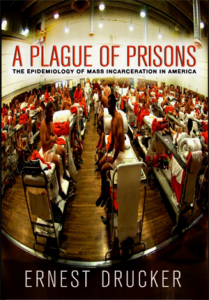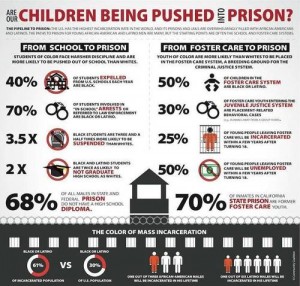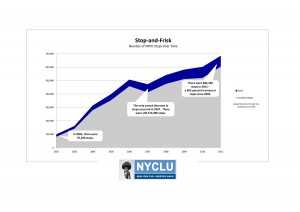If you’ve read the news lately, you might think the ‘war on drugs’ is coming to an end. Just last week, Governor of New Jersey Chris Christie showed his support for a bill that would allow people who have overdosed and their friends to call 911 without fear of punishment. Two weeks ago, Deputy Director of the National Drug Control Policy, Michael Botticelli, said “we have to think of [the ‘war on drugs’] as a public health issue and a public health response in partnership with law enforcement.” And, three weeks ago, the Associated Press reported that 32 million Americans will have access to drug treatment programs when the Affordable Care Act goes into full effect.
These are great triumphs and signal the beginning of a shift towards thinking about drug policy in a public health framework. So, does this mean that the war on drugs is over? Can we sit back and relax? Hardly.
On Friday, as a social media reporter on behalf of JustPublics@365, I went to a conference on drug policy in Buffalo, New York. Knowing about the history of the Rockefeller Drug Laws and the racist underpinnings of New York City’s “stop and frisk” policy makes me somewhat “educated” about drug policy, but as a white female getting her Ph.D. at Yale University, I thought I had never been effected by the war on drugs.
It turns out I have, and so have you.
The ‘war on drugs’ is a war on people. It has targeted people of color – specifically young black and hispanic men – but it has a lasting effect on all of us regardless of age, sex, or race. It has created a culture of mass incarceration and elevated racial tensions in my communities. It has cost tax payers billions of dollars and allowed big businesses to profit from the mass incarceration of millions of Americans. It has created a system that every American should want to change or, at the very least, be aware of.
On the first day of the conference, which was hosted by the Drug Policy Alliance and the Baldy Center for Law and Social Policy, there was a screening of The House I Live In. This documentary film exposes the failures of the ‘war on drugs’ and has been getting a lot of buzz. A central argument in the movie is that drug laws were introduced to control ethnic minorities and a theme that is consistently repeated by the interviewees is that the ‘war on drugs’ has ravaged their lives and destroyed their communities.
I had seen the movie before but, unless your heart is made of stone, the stories make you want to do everything in your power to change drug policy in this country.
So, what could I do? My career choice had taken me in a different direction from public health and I was by no means a good community organizer. What action could I take?
I sat in on panel about harm reduction and drug policy the next day with the voices from The House I Live In still whirling around in my mind. Julie Netherland from Drug Policy Alliance opened up the discussion with a question: how can we push harm reduction beyond individual interventions. Since I had always equated “harm reduction” with “needle exchange” I perked up. What did she mean?
She meant that working on drug policy is, in and of itself, harm reduction and that by focusing on policy rather than individual behavior change we can accomplish a lot. Changing drug policy from a criminal justice model to a public health model is harm reduction because it minimizes the harm the ‘war on drugs’ does to communities. Changing policy changes the stigma that most drug users feel – that is harm reduction.
This panel made me realize that I could do my own form of harm reduction: I could write and I could vote.
At the last panel of the conference, gabriel sayegh from the Drug Policy Alliance encouraged people to work on a local level rather than a national level to move drug policy towards a public health model. Marsha Weissman, Executive Director of the Center for Community Alternatives, reminded the audience that, “there are still people in New York State prisons doing life sentences on drug related crimes.” And, she declared, “our work is not done.”
On the flight back from Buffalo, I drafted Nydia Velázquez, my Congresswomen. It said:
“My name is Heidi Knoblauch and I am writing today because I believe the ‘war on drugs’ is doing more harm than good. I believe New York State should not use the criminal justice system to control drug use. I am in favor of policies that provide drug treatment rather than incarceration for drug users. I urge you to support legislation that takes a public health approach to drug policy.”
Sending this letter is a form of harm reduction and I encourage all of you to take this small step towards better drug policy in New York State. If you do not have time to write a letter, please use mine. You can find your representatives here.









